Obama Nearly Triples Bagram Detainee Population
The number of detainees held at a Guantanamo-like military detention center in Afghanistan has almost tripled in the three years since President Obama took office. (more)The number of detainees held at a Guantanamo-like military detention center in Afghanistan has almost tripled in the three years since President Obama took office.
A recent report by Human Rights First likens the detention center at the Bagram Air Base in Afghanistan to the notorious prision at Guantanamo Bay Naval Base in Cuba. The former now contains more than 10 times as many prisoners, and many of those detained are not given “an adequate opportunity to defend themselves against charges that they are collaborating with insurgents and present a threat to U.S. forces.”
In an interview with the website Salon, Daphne Eviatar, senior associate for Human Rights First, explained that while early on (aka the Bush era) there were “terrible abuses” and “reports of people being killed in custody and tortured,” now the beef that human rights organizations have with the detention center is focused on legal status and representation. “The two biggest [changes I’d like to see] are to improve the representation for detainees and to reduce the reliance on classified evidence,” she said. “Because really those things amount to detainees not being able to defend themselves.” — BF
Your support matters…Salon:
I spoke to the author of the report, Daphne Eviatar, a senior associate in the law and security program at Human Rights First who traveled to Bagram to observe the situation first-hand. The following transcript of our conversation has been edited for length and clarity.
So to start with the basics, what is Bagram and what is its purpose?
It’s a U.S. military detention center in Afghanistan that, like the Guantanamo detention center in Cuba, is on a military base. People who are sent there now are being picked up in Afghanistan. When it was first opened in 2001, there were some detainees brought in from other countries as well. The military has said that stopped in recent years. By the end of the Bush administration, there were about 600 or 650 detainees being held there. There are now more than 1,700.
What do we know about who the detainees are and why they were sent to Bagram?
We know that these are people who have been captured by the U.S. military during the war in Afghanistan or during the broader war on terror. …
Independent journalism is under threat and overshadowed by heavily funded mainstream media.
You can help level the playing field. Become a member.
Your tax-deductible contribution keeps us digging beneath the headlines to give you thought-provoking, investigative reporting and analysis that unearths what's really happening- without compromise.
Give today to support our courageous, independent journalists.

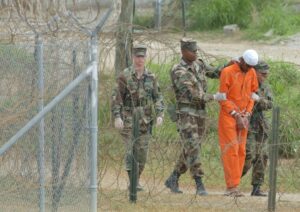
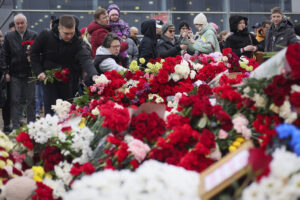
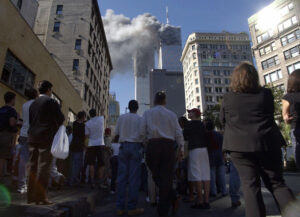

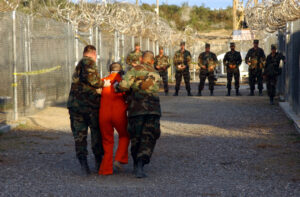
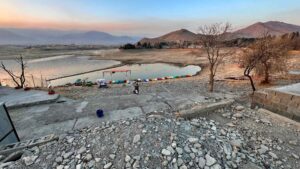


You need to be a supporter to comment.
There are currently no responses to this article.
Be the first to respond.